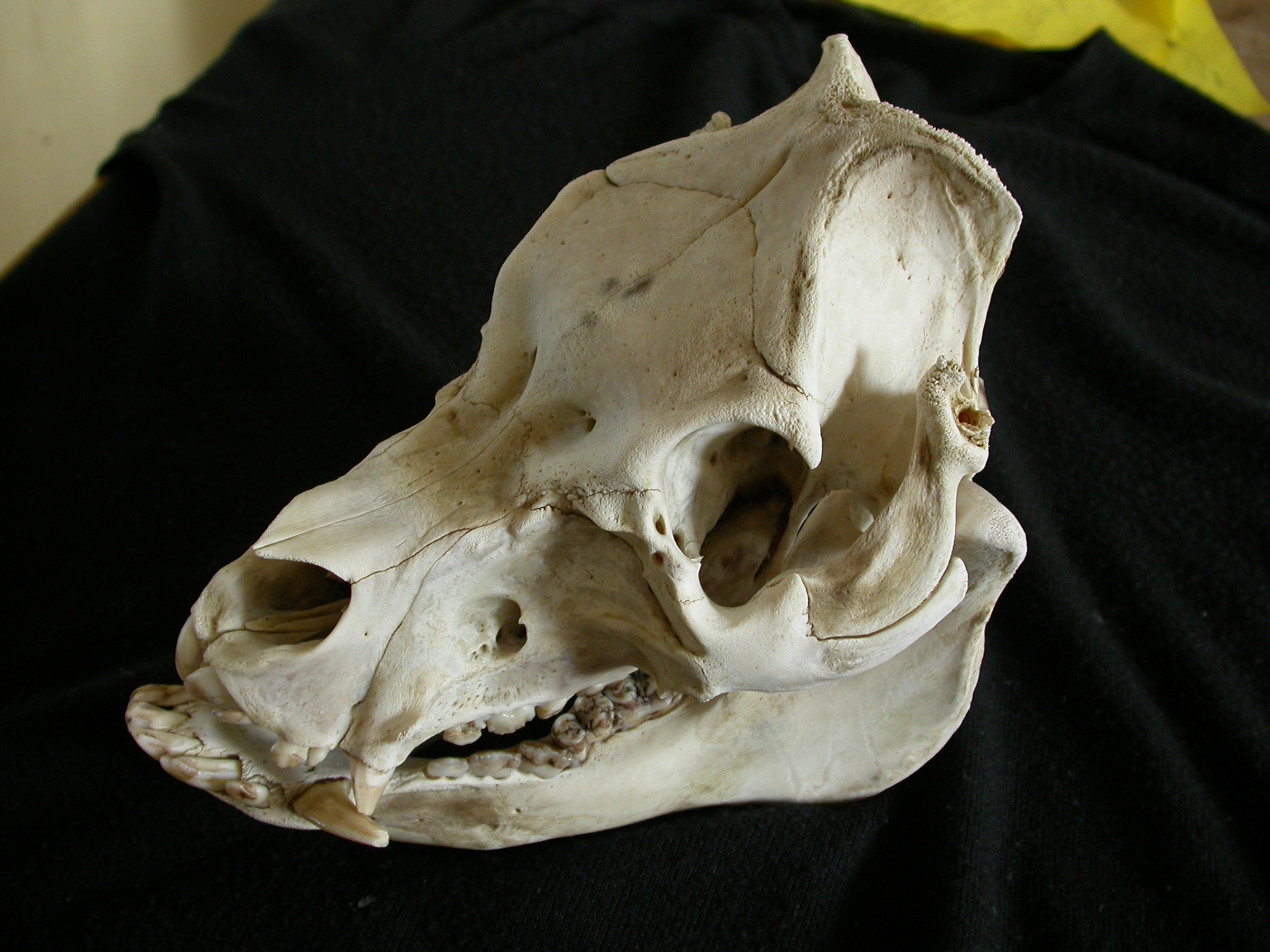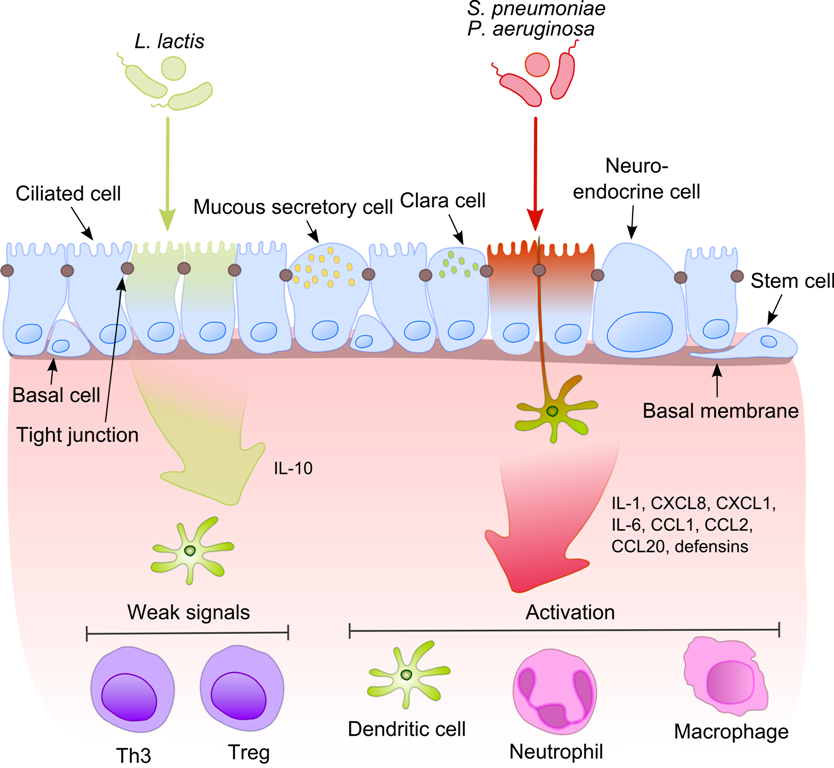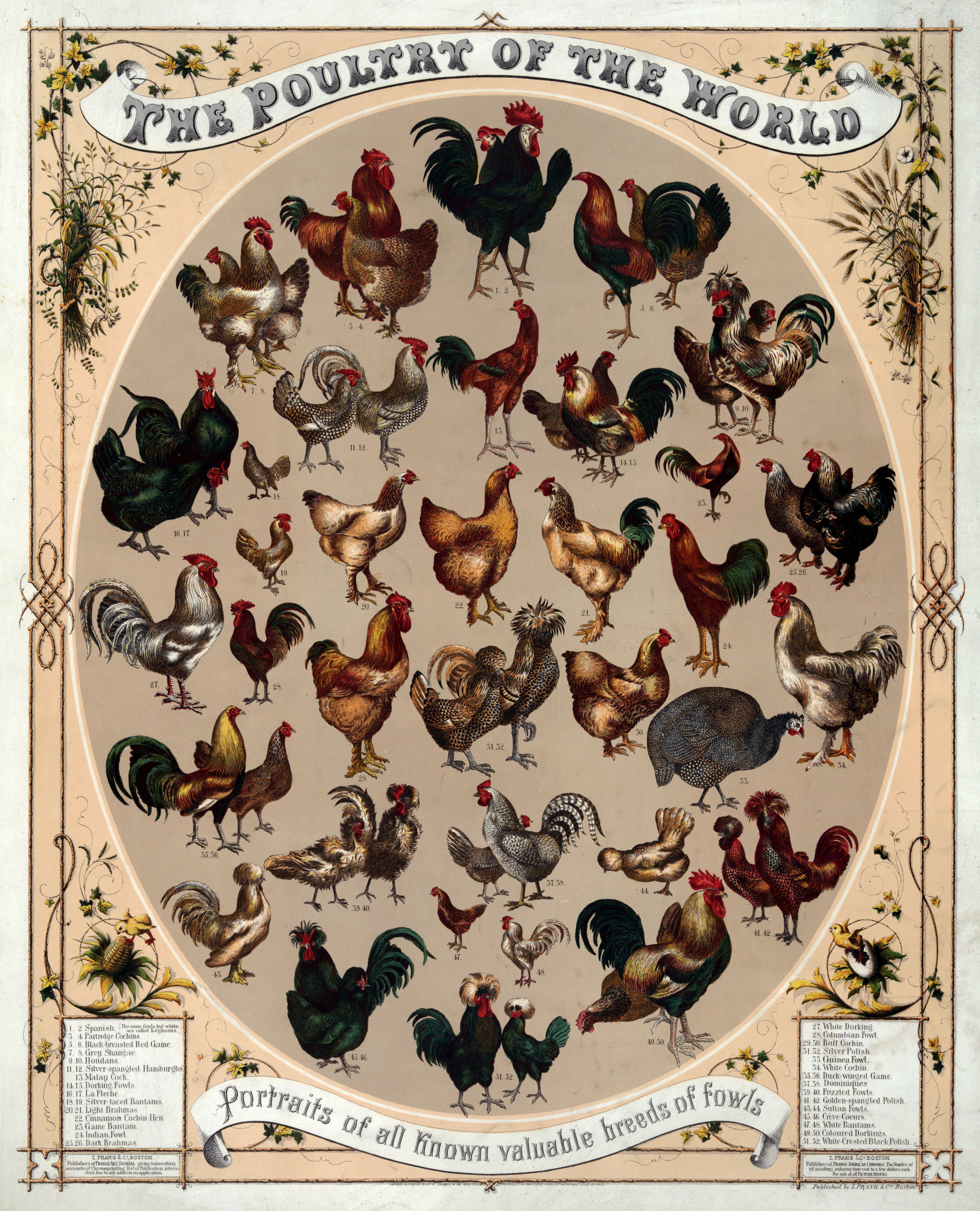|
Animal Drug Availability Act 1996
The Animal Drug Availability Act 1996 (ADAA) is a United States federal law. President Clinton signed the ADAA into law in October 1996. While still obligated to public health concerns, the Act intends more rapid drug approval and medicated feed approval to assist the animal health industry. Overview The Animal Drug Availability Act specifies the conditions in which the U.S. Secretary of Health can refuse the application of a new drug. The possibility of an unconsidered hazard is not a permitted ground for refusing an application. The implications of the act include: * more relaxed controls on field studies unless requested and justified by the Center for Veterinary Medicine; * a strict demand for proof of efficacy; * a definition of adequate and well controlled procedures for field trials; * supporting labeling focused on the range of recommended or acceptable dosages; * the creation of Veterinary Feed Directive drugs as a new category of animal drugs. Details Antibiotics ... [...More Info...] [...Related Items...] OR: [Wikipedia] [Google] [Baidu] |
Federal Food, Drug, And Cosmetic Act
The United States Federal Food, Drug, and Cosmetic Act (abbreviated as FFDCA, FDCA, or FD&C) is a set of laws passed by the United States Congress in 1938 giving authority to the U.S. Food and Drug Administration (FDA) to oversee the safety of food, drugs, medical devices, and cosmetics. A principal author of this law was Royal S. Copeland, a three-term U.S. senator from New York. In 1968, the Electronic Product Radiation Control provisions were added to the FD&C. Also in that year the FDA formed the Drug Efficacy Study Implementation (DESI) to incorporate into FD&C regulations the recommendations from a National Academy of Sciences investigation of effectiveness of previously marketed drugs. The act has been amended many times, most recently to add requirements about bioterrorism preparations. The introduction of this act was influenced by the death of more than 100 patients due to elixir sulfanilamide, a sulfanilamide medication where the toxic solvent diethylene glycol w ... [...More Info...] [...Related Items...] OR: [Wikipedia] [Google] [Baidu] |
Animal Drugs
An animal drug (also veterinary drug) refers to a drug intended for use in the diagnosis, cure, mitigation, treatment, or prevention of disease in animals. Regulation United States The U.S. Food and Drug Administration (FDA) has the broad mandate under the Federal Food, Drug, and Cosmetic Act (21 U.S.C. 321 et seq.) to assure the safety and effectiveness of animal drugs and their use in all animals, including farm animals. The division of the FDA responsible for this is the Center for Veterinary Medicine (CVM). The equivalents of the Investigational New Drug and New Drug Application are known as the Investigational New Animal Drug and New Animal Drug Application, respectively. Before CVM formally approves an animal drug, the sponsor or manufacturer of the drug must document in scientific testing that the drug has been found "safe and effective". The testing data also must demonstrate that a methodology is available to detect and measure any residue left in edible animal prod ... [...More Info...] [...Related Items...] OR: [Wikipedia] [Google] [Baidu] |
Antibiotic Resistance
Antimicrobial resistance (AMR) occurs when microbes evolve mechanisms that protect them from the effects of antimicrobials. All classes of microbes can evolve resistance. Fungi evolve antifungal resistance. Viruses evolve antiviral resistance. Protozoa evolve antiprotozoal resistance, and bacteria evolve antibiotic resistance. Those bacteria that are considered extensively drug resistant (XDR) or totally drug-resistant (TDR) are sometimes called "superbugs".A.-P. Magiorakos, A. Srinivasan, R. B. Carey, Y. Carmeli, M. E. Falagas, C. G. Giske, S. Harbarth, J. F. Hinndler ''et al''Multidrug-resistant, extensively drug-resistant and pandrug-resistant bacteria... Clinical Microbiology and Infection, Vol 8, Iss. 3 first published 27 July 2011 ia Wiley Online Library Retrieved 28 August 2020 Although antimicrobial resistance is a naturally-occurring process, it is often the result of improper usage of the drugs and management of the infections. Antibiotic resistance is a major su ... [...More Info...] [...Related Items...] OR: [Wikipedia] [Google] [Baidu] |
Infection
An infection is the invasion of tissues by pathogens, their multiplication, and the reaction of host tissues to the infectious agent and the toxins they produce. An infectious disease, also known as a transmissible disease or communicable disease, is an illness resulting from an infection. Infections can be caused by a wide range of pathogens, most prominently bacteria and viruses. Hosts can fight infections using their immune system. Mammalian hosts react to infections with an innate response, often involving inflammation, followed by an adaptive response. Specific medications used to treat infections include antibiotics, antivirals, antifungals, antiprotozoals, and antihelminthics. Infectious diseases resulted in 9.2 million deaths in 2013 (about 17% of all deaths). The branch of medicine that focuses on infections is referred to as infectious disease. Types Infections are caused by infectious agents ( pathogens) including: * Bacteria (e.g. ''Mycobacterium tube ... [...More Info...] [...Related Items...] OR: [Wikipedia] [Google] [Baidu] |
Tetracycline Antibiotics
Tetracyclines are a group of broad-spectrum antibiotic compounds that have a common basic structure and are either isolated directly from several species of ''Streptomyces'' bacteria or produced semi-synthetically from those isolated compounds. Tetracycline molecules comprise a linear fused tetracyclic nucleus (rings designated A, B, C and D) to which a variety of functional groups are attached. Tetracyclines are named for their four ("tetra-") hydrocarbon rings ("-cycl-") derivation ("-ine"). They are defined as a subclass of polyketides, having an octahydrotetracene-2-carboxamide skeleton and are known as derivatives of polycyclic naphthacene carboxamide. While all tetracyclines have a common structure, they differ from each other by the presence of chloride, methyl, and hydroxyl groups. These modifications do not change their broad antibacterial activity, but do affect pharmacological properties such as half-life and binding to proteins in serum. Tetracyclines were discover ... [...More Info...] [...Related Items...] OR: [Wikipedia] [Google] [Baidu] |
Domestic Pig
The pig (''Sus domesticus''), often called swine, hog, or domestic pig when distinguishing from other members of the genus ''Sus'', is an omnivorous, domesticated, even-toed, hoofed mammal. It is variously considered a subspecies of ''Sus scrofa'' (the wild boar or Eurasian boar) or a distinct species. The pig's head-plus-body length ranges from , and adult pigs typically weigh between , with well-fed individuals even exceeding this range. The size and weight of hogs largely depends on their breed. Compared to other artiodactyls, a pig's head is relatively long and pointed. Most even-toed ungulates are herbivorous, but pigs are omnivores, like their wild relative. Pigs grunt and make snorting sounds. When used as livestock, pigs are farmed primarily for the production of meat, called pork. A group of pigs is called a ''passel'', a ''team'', or a ''sounder''. The animal's bones, hide, and bristles are also used in products. Pigs, especially miniature breeds, are kept a ... [...More Info...] [...Related Items...] OR: [Wikipedia] [Google] [Baidu] |
Livestock
Livestock are the domesticated animals raised in an agricultural setting to provide labor and produce diversified products for consumption such as meat, eggs, milk, fur, leather, and wool. The term is sometimes used to refer solely to animals who are raised for consumption, and sometimes used to refer solely to farmed ruminants, such as cattle, sheep, goats and pigs. Horses are considered livestock in the United States. The USDA classifies pork, veal, beef, and lamb ( mutton) as livestock, and all livestock as red meat. Poultry and fish are not included in the category. The breeding, maintenance, slaughter and general subjugation of livestock, called '' animal husbandry'', is a part of modern agriculture and has been practiced in many cultures since humanity's transition to farming from hunter-gatherer lifestyles. Animal husbandry practices have varied widely across cultures and time periods. It continues to play a major economic and cultural role in numerous comm ... [...More Info...] [...Related Items...] OR: [Wikipedia] [Google] [Baidu] |
Weight Gain
Weight gain is an increase in body weight. This can involve an increase in muscle mass, fat deposits, excess fluids such as water or other factors. Weight gain can be a symptom of a serious medical condition. Description Weight gain occurs when more energy (as calories from food and beverage consumption) is gained than the energy expended by life activities, including normal physiological processes and physical exercise. If enough weight is gained due to increased body fat deposits, one may become overweight or obese, generally defined as having more body fat (adipose tissue) than is considered good for health. The Body Mass Index (BMI) measures body weight in proportion to height, and defines optimal, insufficient, and excessive weight based on the ratio. Having excess adipose tissue (fat) is a common condition, especially where food supplies are plentiful and lifestyles are sedentary. Overweight and obesity may increase the risk of several diseases, such as diabetes ... [...More Info...] [...Related Items...] OR: [Wikipedia] [Google] [Baidu] |
Body Weight
Human body weight is a person's Mass versus weight, mass or weight. Strictly speaking, body weight is the measurement of weight without items located on the person. Practically though, body weight may be measured with clothes on, but without shoes or heavy accessories such as mobile phones and wallets, and using manual or digital Weighing scale, weighing scales. Excess or reduced body weight is regarded as an indicator of determining a person's health, with body volume measurement providing an extra dimension by calculating the distribution of body weight. Average adult human weight varies by continent, from about in Asia and Africa to about in North America, with men on average weighing more than women. Estimation in children There are a number of methods to estimate weight in children for circumstances (such as emergencies) when actual weight cannot be measured. Most involve a parent or health care provider guessing the child's weight through weight-estimation formulas. T ... [...More Info...] [...Related Items...] OR: [Wikipedia] [Google] [Baidu] |
Bacterial Infection
Pathogenic bacteria are bacteria that can cause disease. This article focuses on the bacteria that are pathogenic to humans. Most species of bacteria are harmless and are often beneficial but others can cause infectious diseases. The number of these pathogenic species in humans is estimated to be fewer than a hundred. By contrast, several thousand species are part of the gut flora present in the digestive tract. The body is continually exposed to many species of bacteria, including beneficial commensals, which grow on the skin and mucous membranes, and saprophytes, which grow mainly in the soil and in decaying matter. The blood and tissue fluids contain nutrients sufficient to sustain the growth of many bacteria. The body has defence mechanisms that enable it to resist microbial invasion of its tissues and give it a natural immunity or innate resistance against many microorganisms. Pathogenic bacteria are specially adapted and endowed with mechanisms for overcoming the n ... [...More Info...] [...Related Items...] OR: [Wikipedia] [Google] [Baidu] |
Poultry
Poultry () are domesticated birds kept by humans for their eggs, their meat or their feathers. These birds are most typically members of the superorder Galloanserae (fowl), especially the order Galliformes (which includes chickens, quails, and turkeys). The term also includes birds that are killed for their meat, such as the young of pigeons (known as squabs) but does not include similar wild birds hunted for sport or food and known as game. The word "poultry" comes from the French/Norman word ''poule'', itself derived from the Latin word ''pullus'', which means "small animal". Recent genomic study involving the four extant Junglefowl species reveals that the domestication of chicken, the most populous poultry species, occurred around 8,000 years ago in Southeast Asia - although this was previously believed to have occurred later - around 5,400 years ago - in Southeast Asia. The process may have originally occurred as a result of people hatching and rearing young bird ... [...More Info...] [...Related Items...] OR: [Wikipedia] [Google] [Baidu] |




